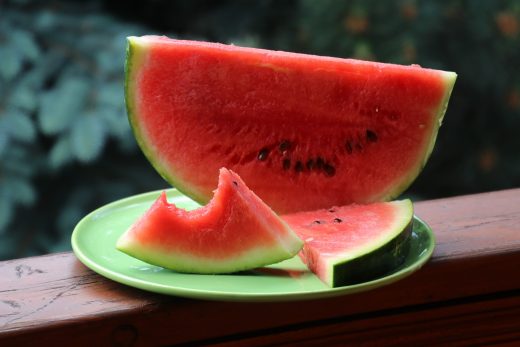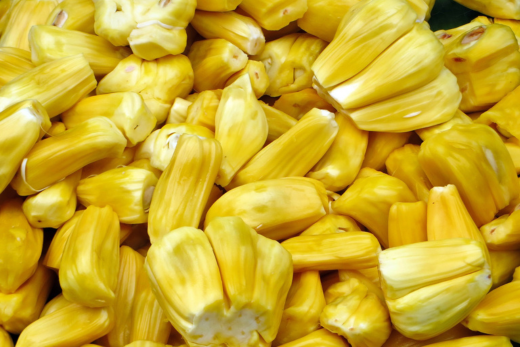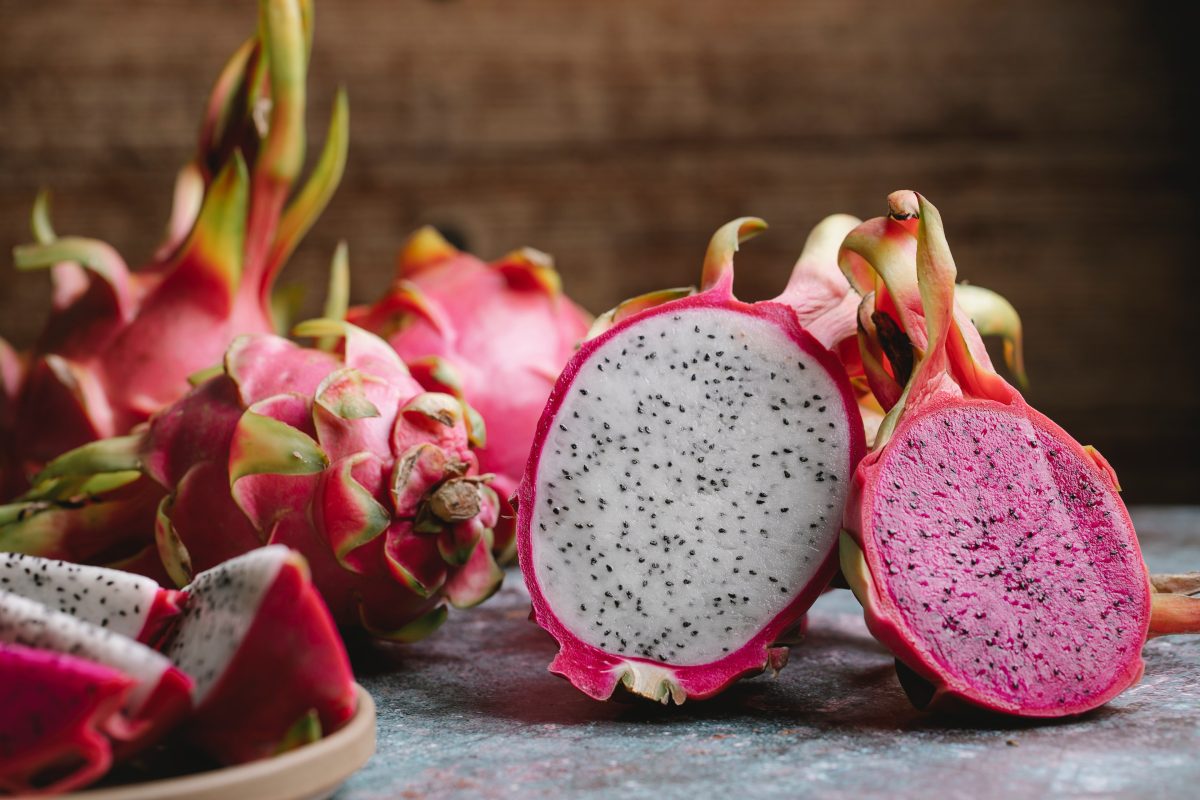Watermelons, the juicy, quintessential summer fruit. If you know how to grow watermelons, you can enjoy fresh fruit all summer long that tastes exponentially better than anything you’d by at the store! Watermelons are easy to grow and require minimal maintenance.

They are an investment though.
You’re looking at needing 3 months of wonderful summer heat to produce these sweet melons which can be a challenge for those living in more northern climates.
With a little more effort, you can grow your own watermelons just about anywhere.
With a high-water content, not only are watermelons hydrating and tasty but have good health benefits.
Carrying vitamins and antioxidants like beta-carotene and lycopene, watermelons contribute to a healthy diet.
Easy To Grow Varieties
- Sweet Beauty
- It takes around 80 days to mature and produces an award-winning 6-pound oblong melon.
- Sugar Baby
- It also takes 80 days to mature. This variety produces a larger 10-pound melon but can be planted closer together (4 feet apart).
- Golden Midget
- It only takes 70 days to mature and produce melons with a yellow skin rather than green. This variety does well in northern climates.
Planting
In colder climates that have a shorter growing season you have two options: start your seeds indoors 2 to 3 weeks before your last frost or buy seedlings at your local garden center.
Due to the long growth time needed for most watermelons, you need a jump start before the garden is warm enough for your plants.
In warmer climates, you can sow your seeds outdoors 1 to 2 weeks after the last frost date. You don’t want to try and plant your seeds before your ground has warmed to a minimum of 65 degrees F.

Soil Preparation
Watermelons require a lot of nutrition from their soil. You’re going to want to add rich amendments like aged manure, seaweed, and compost before you do any planting. Adding amendments also helps break up the soil for better growth and drainage.
Where To Grow?
Watermelons need a lot of space. Most plants need 20 square feet per plant! You’ll want to make sure they get a lot of sun while giving them room to spread and not interfere with your other plants.
Growing your watermelon vines on raised rows is a great option. The hills not only help with drainage but also hold that all-important heat for longer.
Preparation For Colder Climates
In colder climates, you may have to take additional measures to keep the warmth around your plants for longer. Heavy mulch will help keep the soil warmer longer. You can also add floating row covers to trap the warmer, midday air around the plants to encourage healthy growth.
Once you see both male and female flowers on the vines, then remove the covers.
Sowing
If you’re sowing outdoors, plant your seeds from ½ inch to an inch deep. You’ll want to plant in bunches of 4 to 6 seeds and then thin out to the strongest 2 to 3 seedlings.
If you’re starting your seeds indoors, then make sure to use larger starting pots to get the most root growth possible before transplanting. Your indoor seeds should be sown at a shallower depth of 1/4 to 1/2 an inch.
Transplanting watermelon seedlings is a delicate process. The roots are extremely fragile so. You need to make sure to disturb them as little as possible. It’s best if you can plant the seeds in compostable pots so you don’t have to disrupt them at all.
Growing
Watering
Once the fruit is growing, you will need to water it regularly. Watermelons love their water and require 1 to 2 inches of water per week while growing.
While their soil should be moist, you don’t want it soaked or waterlogged. It’s best to water the plants in the morning and concentrate the water at the base of the plant, avoiding wetting the leaves.
Once you have fruit growing, you can decrease the water. Your melons will be sweeter under drier conditions.
Fertilizing
If you fertilize, and it’s recommended that you do, choose a fertilizer that’s nitrogen heavy. High nitrogen fertilizers encourage your leaf and vine growth. Once your plant is well established and starts to produce flowers, you’ll want to switch over to using a fertilizer with less nitrogen. A seaweed-based fertilizer is always a good option at this stage.
Getting Melons
Pollinators are your friends when it comes to watermelons. It’s not a bad idea to attract as many to your garden as possible. Watermelon vines produce male and female flowers on the same vine. To get melons, you need the bees to do their job.
Once you have fruit set on, place cardboard or straw under the melon to decrease the chances of rot from the wet soil.
How To Tell If A Watermelon Is Ripe
This is the one step that many people struggle with and there are a lot of answers! Unlike some other fruit and vegetables, watermelons will not continue to ripen once you separate them from the vine. You’ll need to watch them closely as the maturity date approaches. Most melons will ripen over a two-week period.

Tips For A Ripe Watermelon
- Thump the side. Does it sound hollow? If yes, then it’s ripe!
- Check the little tendril near the stem. If it’s green, then wait a little. If it’s half dead, then it’s time to pick it. If it’s all dead, then it is either ripe or overripe.
- When the top of the melon shows very little contrast between the green stripes, then it’s ripe.
- Check the bottom of the melon. The part of the melon that touches the soil and gets no sun will be yellow or cream-colored when it’s ripe. If it’s all white on the bottom, then it’s not ready yet.
Be Wary Of Pests
Watermelon can suffer from several pests or diseases that you should keep an eye out for:
- Aphids
- Fusarium Wilt
- Squash Vine Borer Moths
- Blossom-End Rot
- Cucumber Beetles





